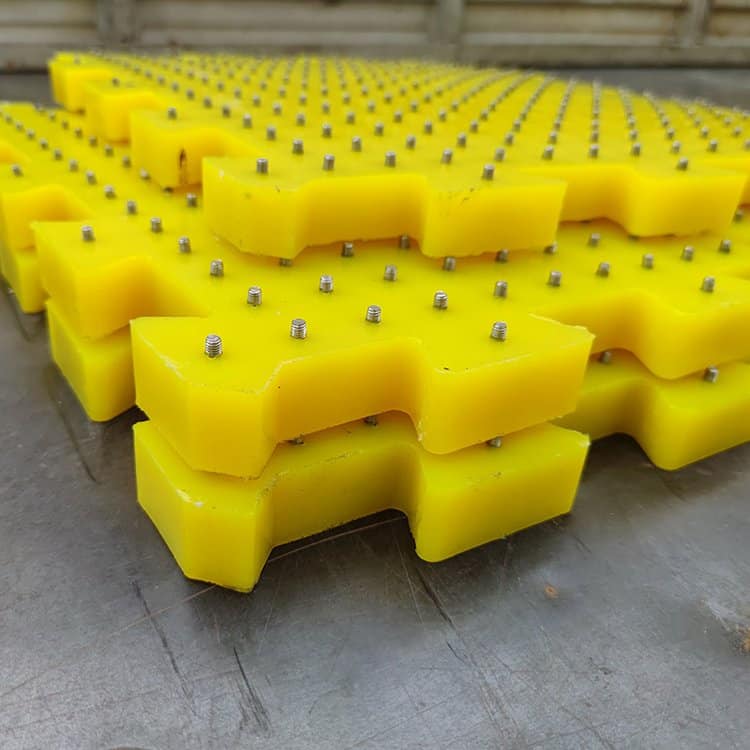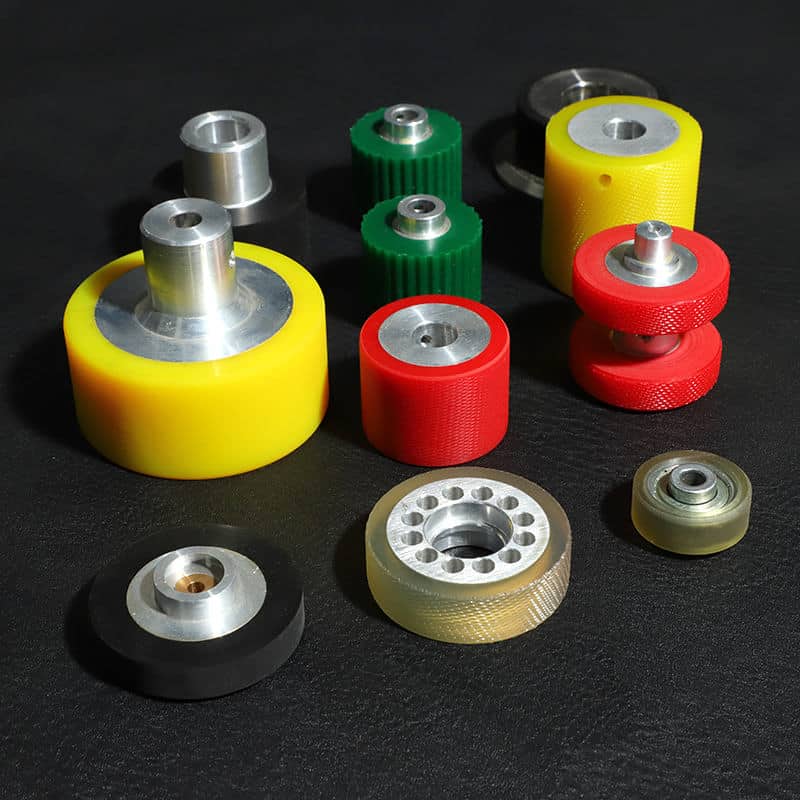If you’re looking for a material that can be both molded and silicone, you may be in for a surprise. While silicone rubber can be injection molded, it’s not exactly the same process as molding other materials. In this blog post, we’ll explore the differences between silicone rubber injection molding and other types of injection molding, as well as some of the benefits and drawbacks of using silicone rubber for your next project.

Introduction
Injection molding is a manufacturing process for producing parts by injecting molten material into a mold. Injection molding can be performed with a wide variety of materials, including metals, glasses, elastomers, confections, and most commonly thermoplastic and thermosetting polymers. Material for the part is fed into a heated barrel, mixed, and forced into a mold cavity where it cools and hardens to the configuration of the cavity. After a product is designed, usually by an industrial designer or an engineer, molds are made by a moldmaker from metal, usually either steel or aluminum, and precision-machined to form the features of the desired part. Injection molds must have high precision in order to produce consistent parts; accuracy within 0.001 inches (0.0254 mm) is typical. Molds must also have very smooth surfaces to prevent imperfections on the molded part. The largest market for injection molded plastics is currently in automotive applications; appliances clock in at second place.
The silicone rubber is placed into an injection molding machine where it will be melted down and injected into the mold cavity. After cooled down, the solidified product will be ejected from the machine.
What is silicone rubber?
Silicone rubber is an elastomer composed of silicone—itself a polymer—containing carbon, hydrogen, and oxygen. Silicone rubbers are widely used in industry, and there are multiple formulations. Silicone rubbers generally exhibit good mechanical strength, stability, and resistance to ageing.
The benefits of silicone rubber
There are many benefits to choosing silicone rubber for your injection molding needs. One of the main benefits is that silicone rubber is very strong and durable. It is also resistant to heat, cold, and UV light. This makes it an ideal choice for products that will be exposed to harsh conditions or that need to be able to withstand high temperatures.
Another benefit of silicone rubber is that it is very flexible. This means that it can be used to create products in a variety of shapes and sizes. This flexibility also makes it easier to create products with intricate designs.
Silicone rubber is also non-toxic and hypoallergenic. This makes it a safe choice for products that will come into contact with skin or that will be used by people with allergies.
Finally, silicone rubber is very easy to clean and sterilize. This makes it an ideal choice for products that need to be kept clean and sterile, such as medical devices.
The drawbacks of silicone rubber
While silicone rubber has many advantages, there are some drawbacks to using it in injection molding. One downside is that it is more expensive than other types of rubber. And, silicone rubber can be tricky to work with and can require special training for those who will be handling it during the manufacturing process.
The injection molding process
Injection molding is a manufacturing process for producing parts by injecting molten material into a mold. Injection molding can be performed with a wide variety of materials, including metals, elastomers, and Glass. The injected material typically contains about 40% glass fibers by weight.
Injection molding of silicone rubber is a manufacturing process that creates parts by injecting molten silicone rubber into a mold cavity. Injection molding can be performed with a cold runner system or a hot runner system. A cold runner system uses an injection mold with no heated gate or heated runner system, so the start and stop points for the molten silicone are cooled using Chillers and/or cold water systems. This can cause some difficulties when trying to remove the part from the mold as it can stick, so a release agent is often used. A hot runner system uses an injection mold with a heated gate and/or heated runner system, which keeps the silicone at a constant temperature and prevents it from cooling and solidifying until it reaches the end of the runners. This can make removing parts from the mold much easier and often eliminates the need for a release agent.
The benefits of injection molding silicone rubber
Injection molding silicone rubber product has many benefits over other methods of manufacturing rubber parts. It is a highly versatile process that can be used to produce silicone rubber parts and products of various sizes, shapes and colors. In addition, injection molding silicone rubber is relatively quick and efficient, and can be used to produce large quantities of parts in a short period of time.
The drawbacks of injection molding silicone rubber
Injection molding is a popular manufacturing process for a wide range of industries, applications and products. However, there are some drawbacks to using this particular manufacturing process for silicone rubber parts and products. Below are four potential disadvantages of injection molded silicone to consider.
1. Limited design options – One potential disadvantage of injection molded silicone is that the design options can be somewhat limited. This is due to the fact that the mold must be designed specifically for the part or product being created and this can limit creativity.
2. High initial investment – Another drawback of this manufacturing process is that the initial investment can be quite high. This is due to the fact that special molds must be created in order to injection mold silicone parts and products.
3. Long lead times – Another potential issue with using this process is that lead times can often be quite long. This is again due to the fact that molds must be created specifically for each project and this can take some time.

















